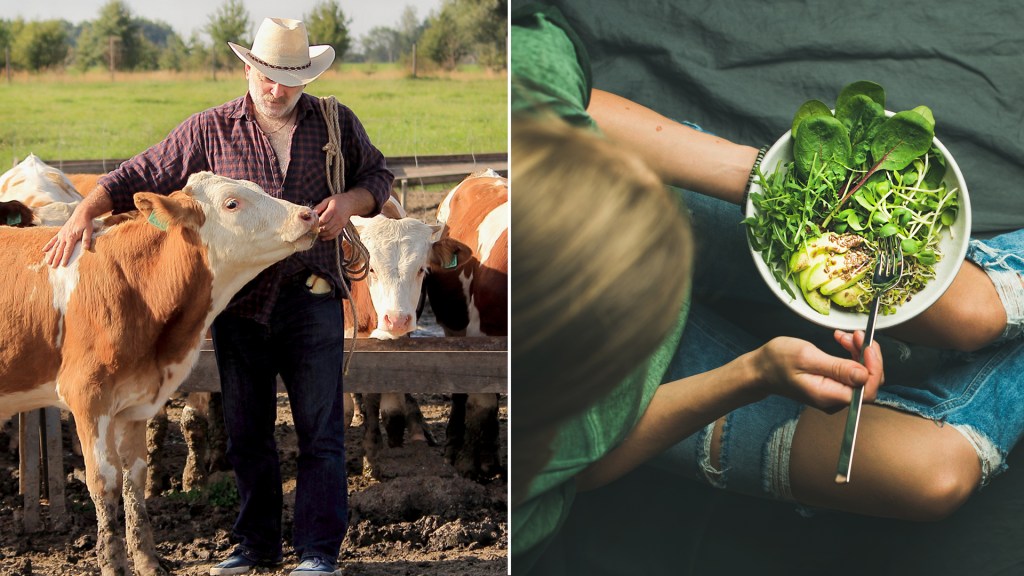
In Nunavut, in Canada’s Arctic, shoppers pay $12.44 for for a kilogram of celery, almost four times more than the $3.38 national average, and $6.90 for a kilogram of potatoes. It’s just one of many examples of food inaccessibility in the region, which severely affects 18.5 percent of Nunavut households, a problem the government is addressing by investing $13.8 million per year to support isolated Northern communities.
To address this problem, not-for-profit Growing North built a greenhouse in the Inuit hamlet of Naujaat in September 2015 to increase accessibility to fresh food.
Videos by VICE
The greenhouse has the capacity to produce 13,250 lbs of food last year for the local community of 1,082 people, an amount that “could feed just over 50 percent of the Naujaat population Health Canada’s daily recommended amount of produce,” explained Stefany Nieto, co-founder of Growing North. With the success of the Naujaat greenhouse, the organization is expanding to Arviat, Nunavut’s third-largest community, in August.
“It is completely unacceptable that many northern and Indigenous families cannot afford to put healthy food on the table,” the Office of the Minister of Indigenous and Northern Affairs Canada told Motherboard in an email. In an effort to “support families and hunters – and improve access to country foods,” in 2016, the Canadian government invested an additional $64.5 million over five years, and $13.8 million per year ongoing, and have now expanded full subsidies to an additional 37 isolated northern communities. Investments in local greenhouses could help grow fresh food and make it more accessible.

Growing North is exploring alternative and sustainable ways of feeding Canada’s north by using some of the latest in vertical farming techniques.
What was a once far-fetched idea is now a sustainable option for providing food to a growing population. Vertical farming allows farmers to have a 365-day season without having to use pesticides or worry about traditional farming concerns like sunlight, rain, or drought.
Over the last ten years, a number of companies have popped up around the world using old warehouses and other unconventional urban spaces to grow fresh produce. Many of these farms operate in densely populated places like China, Japan, Belgium, and the United States. The largest floor-to-ceiling farm is currently in New Jersey at nearly 70,000 square feet. And the phenomenon is only going to get bigger. By some estimates, the vertical farming industry is projected to be worth USD $13 billion by 2024.
Bright Agrotech, a Wyoming startup, allows small urban and suburban farmers to grow crops through its vertical hydroponic farming systems. Hydroponic refers to soilless growing, in which the plants are grown using only nutrient-rich water. The water flows across the root structure and is taken up by the plants. Bright Agrotech’s systems, which focus on greens and herbs is being used in Growing North’s Naujaat greenhouse.
“Nunavut has the highest rate of food insecurity in Canada,” Nieto told Motherboard in an interview. The organization estimates the price reductions on fresh produce grown in their greenhouses to be anywhere from 50 to 70 percent, depending on whether the produce is sold to local grocers or sold directly to consumers through places like the farmer’s market.
“You can face food insecurity even living in a city like downtown Toronto if there is not a grocery store for miles around,” explained Ben Canning, co-founder of Growing North.
Food inaccessibility persists in northern Canada, in large part, due to the cost of getting food to the region. Fresh food has to be flown in from the south. Each community faces its own challenges. Some are only accessible by road and not by air, which adds time and money. “Whether it’s food or construction goods that need to shipped in, the farther north you go, the longer the supply chain gets and the more it costs. Even a lot of our food consumed in Toronto is shipped in. To get to the North, they spend an extra two weeks in cargo freights, craters, and planes,” said Canning.
Growing North’s current greenhouse is 75 percent hydroponic and 25 percent soil-based agriculture. The hydroponic system can grow any herb as well as greens like lettuce, kale, collard greens and swish chards. The agricultural side grows vegetables like radishes, potatoes, and carrots.
But the cost to construct these systems is extremely high—much higher than soil-based farming. For example, the 1300-square-foot dome shaped greenhouse in Naujaat cost Growing North about $100,000. For poor communities, especially in developing countries, vertical farming can be unaffordable. In addition to the initial costs, there are other ongoing expenses related to paying tech-savvy workers needed to run the farms. Currently, Growing North is working on lowering that cost through in-house research and development which would make project implementation in smaller communities with limited access to funds, possible.
Still, local greenhouses may be a viable answer to the problem of food accessibility in the north.
Correction: An earlier version of this story said the greenhouse produced 13,250 lbs of food last year, but that number actually represents its full capacity. The story has been updated.




